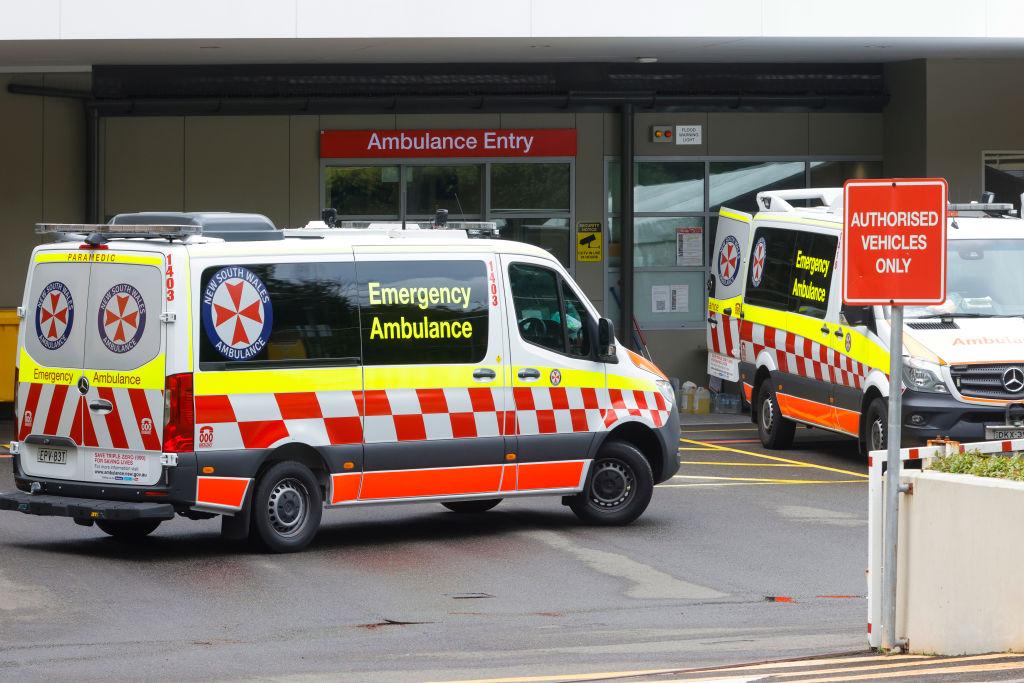The Australian government has committed $24 million (US$16.9 million) to innovative research through Australian universities to find ways of keeping elderly people out of hospital emergency departments (EDs) to relieve pressure.
Projects at Flinders University in South Australia, the University of Western Australia, and the University of Tasmania are among ten projects around the country aimed at finding new approaches to enable EDs to operate more efficiently and effectively.





